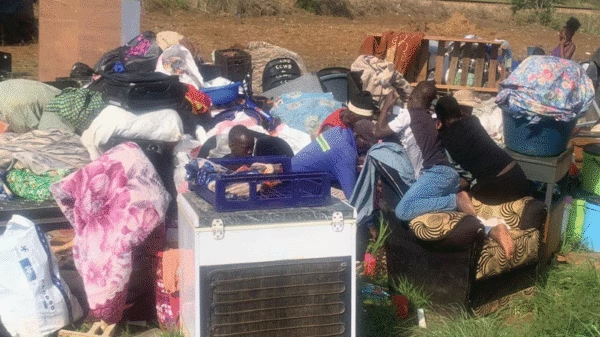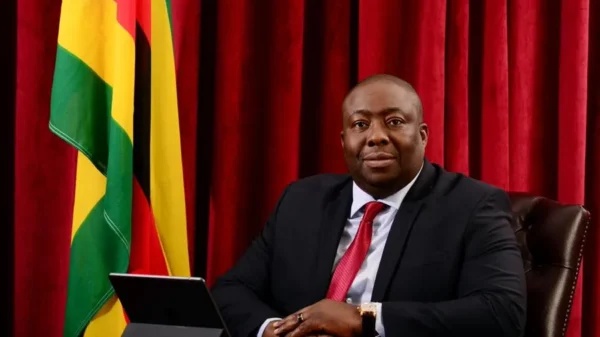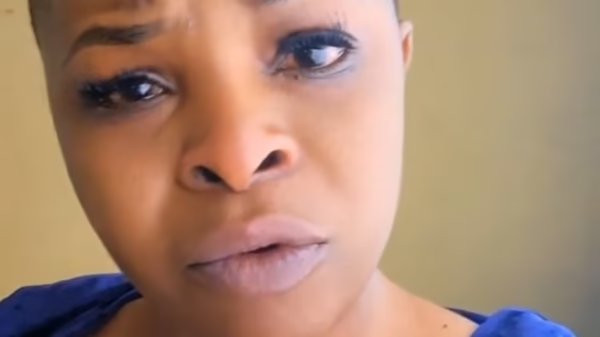Water Scarcity Looms in Kariba as Hydropower Production Declines
The Zambezi River Authority (ZRA) has released alarming data indicating a continual decline in stored usable water at Lake Kariba, a key source of hydropower for Zimbabwe and Zambia. This downward trend is attributed to El Niño conditions, sparking concerns about reduced hydropower generation in the region.
According to the latest figures from the ZRA, the stored usable water at Lake Kariba plummeted to 14.16 percent during the week ending March 19, 2024. This marks a significant decrease from the 15 percent recorded in the previous week, ending March 16.
Lake Kariba plays a crucial role in electricity generation, with Zimbabwe having the capacity to produce up to 1050 megawatts from the reservoir. However, due to the dwindling water levels, actual hydropower generation has been constrained to an average of 214 megawatts. This decline in output underscores the immediate challenges faced by both Zimbabwe and Zambia in meeting their energy demands.
ALSO READ: Mysterious Crocodile “Macheni” Strikes Fear in Lake Kariba’s Gatche Gatche Community
The situation highlights the vulnerability of hydropower systems to climate-related fluctuations and underscores the need for diversified energy sources and conservation efforts to mitigate the impact of water shortages on electricity supply.
“It is noteworthy that the lake level is lower during this period than was recorded last year during the same period,” said ZRA.
“Furthermore, the lake level is currently receding, contrary to its historical hydrological performance where it should have been rising during this period of the year. The obtaining recession in the lake levels is mainly due to the below average rainfall received during the 2023/2024 rainfall season.
“The effects of the El Niño weather conditions being experienced globally and over the southern African region in particular have continued to negatively impact the Zambezi River inflows into Lake Kariba.
“This situation continues to greatly impact the Lake Kariba water levels,” ZRA added.”
The Kariba Dam has a total storage capacity of 181 billion cubic meters (BCM). Within this capacity, 116 BCM is designated as dead storage, while 65 BCM is classified as live storage.
Water from the dam is channeled into the two power stations for electricity generation through intake structures situated within the reservoir and near the dam wall.
The intakes’ elevation concerning the reservoir’s base splits Kariba’s water into dead storage, located below the intake height, and live storage, situated above the intake height.
The dead storage volume remains constant, while the maximum attainable live storage is capped at 65 BCM. However, actual live storage levels may fluctuate due to various factors such as rainfall patterns affecting Zambezi River inflows, evaporation rates, and the power stations’ utilization of live storage. These elements collectively impact the available live storage volume in the Kariba Dam reservoir. Business Weekly

For comments, Feedback and Opinions do get in touch with our editor on WhatsApp: +44 7949 297606.





















































